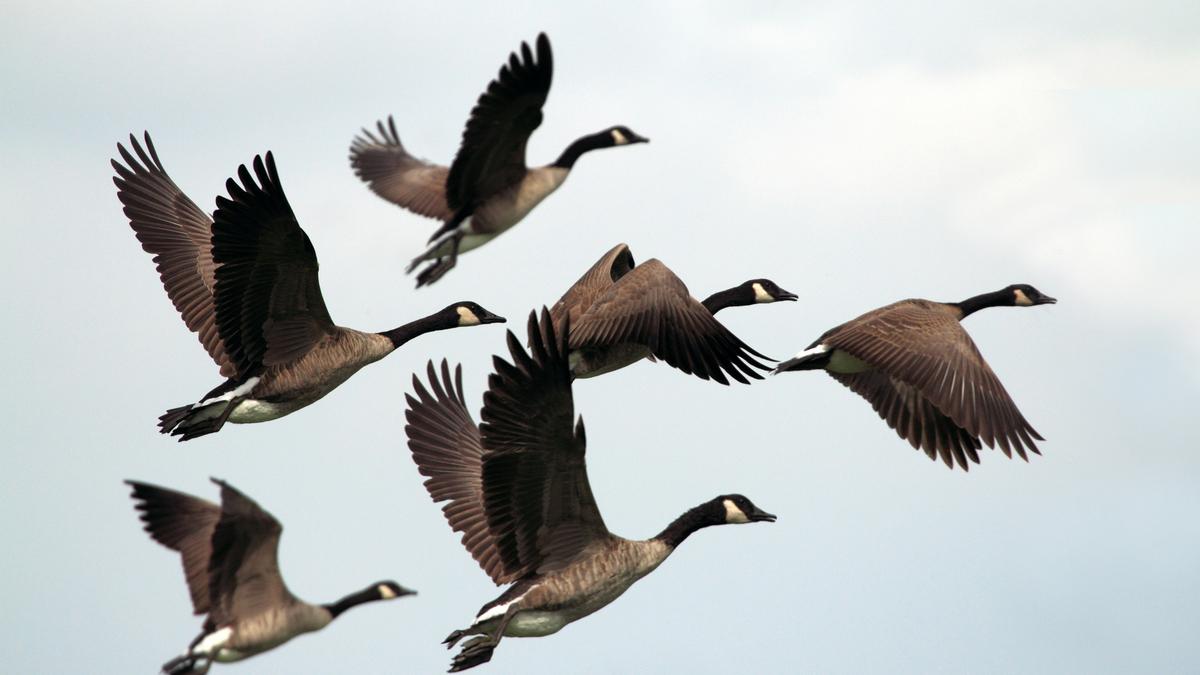
‘Universal’ equation predicts how often bird, bat, insect wings beat Premium
The Hindu
Using the rules of physics, Roskilde University scientists have found a universal law telling us why flying birds and insects fly the way they do.
Almost all animals that fly through the air and many that swim through water have evolved to flap their wings (or fins) at a frequency given by a simple formula, three scientists at Roskilde University in Denmark have found.
The formula relates the flapping frequency at which a winged entity bats its wings to hover in the air (or stay submerged in the water) to the entity’s mass and the size of the wings.
The researchers also found the formula holds for a large variety of life-forms, including insects, birds, bats, penguins, whales, and one robotic bird called an ornithopter — the dragonfly-like aeroplanes in the new Dune films.
What is the formula?
The formula is straightforward: f ∝ √m/A. f here is the flapping frequency, m the mass of the airborne animal, and A the area of the wings (∝ stands for ‘is proportional to’).
When the researchers calculated √m/A number of various animals, birds, and insects and plotted it on the x-axis and their respective frequencies on the y-axis, they found a nearly straight line (see below). The black line is the relationship their model based on the formula predicted — an almost perfect fit.
The Roskilde team’s results were published in the journal PLoS One on June 5.

 Run 3 Space | Play Space Running Game
Run 3 Space | Play Space Running Game
 Traffic Jam 3D | Online Racing Game
Traffic Jam 3D | Online Racing Game
 Duck Hunt | Play Old Classic Game
Duck Hunt | Play Old Classic Game



